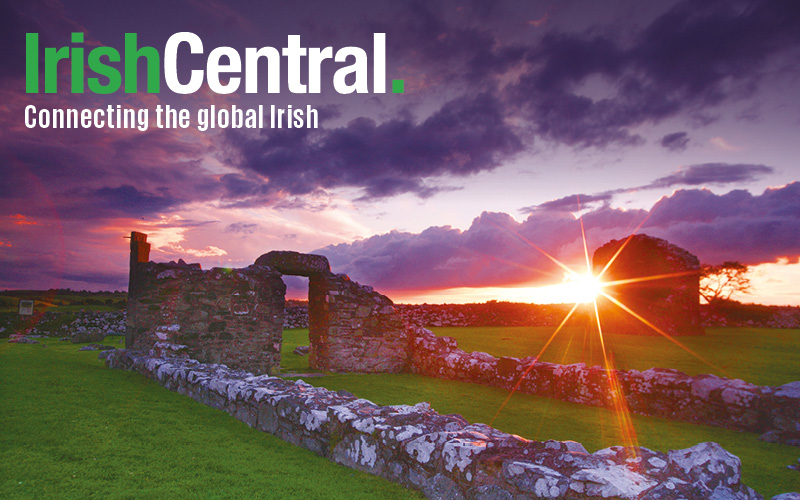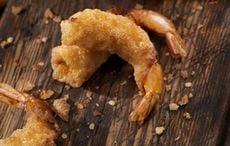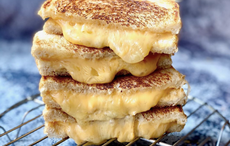Ireland and Scotland’s whiskey rivalry is as old as the drink itself. In the 19th century it was generally considered that Ireland was the whiskey capital of the world.
However, since the Second World War most industry insiders have considered Scotland the best place for the drink. Dozens of distilleries in the Emerald Isle were closed after Ireland became independent, a result of the twin blow of prohibition in America and then de Valera’s trade war with Britain in the 1930’s.
Watching the new Kingsman movie and they’re slabbering about spelling whiskey with an e in it. Which is obviously the only true and correct way to spell it as Ireland started making whiskey before Scotland did... ?☕️
— Ben Robinson (@roboskey) November 25, 2017
But now Ireland is once again challenging for the title of world whiskey capital.
In recent years new distilleries have been opening at a remarkable rate and people in the tourist trade are hoping to use the new businesses to entice whiskey enthusiasts who might otherwise have traveled to Scotland.
Read More: An Irish cure for what ails ye - medicinal hot whiskey recipe
The Dingle Whiskey Distillery is one such example. Opened in 2012 at the tail end of a brutal recession, the company proudly boasts, “unbeknownst to many, the most significant event in the Irish whiskey industry in decades was happening in a tin shed in the town of Dingle, Co. Kerry.”
“It was Christmas Eve babe
— Dickie | Charming Man PR (@DickieCharming) December 15, 2017
In the drunk tank...” check out @poguesofficial Irish #whiskey ☘️ #fairytaleofnewyork pic.twitter.com/ngPkH9SEqX
Now the brand is sold in shops, pubs and clubs across the land and tourists in the West Kerry town pay €15 a head for tours of the brewery.
It’s a common enough tale: Tullamore Dew is a brand technically over 200 years old but ceased it trading in the 1950’s. In 2014 it resumed production and some can’t believe it had ever been away.
Read More: How the Irish got so good at making whiskey
In Dublin a new brand called Roe and Co launched on James’ Street in March. The production takes place in the old Guinness Power Station and its owners, Diageo, plan on investing $29 million in the brand over the next three years.
The nearby Guinness storehouse already draws 1.6 million visitors a year and is easily recognized as one of Ireland’s premier tourist attractions. Now the question is, can whiskey tourism in Ireland pull in the same kind of numbers and return to Ireland the crown of whiskey capital of the world?
Do you have a favorite Irish whiskey? Tell us in the comment section.




Comments